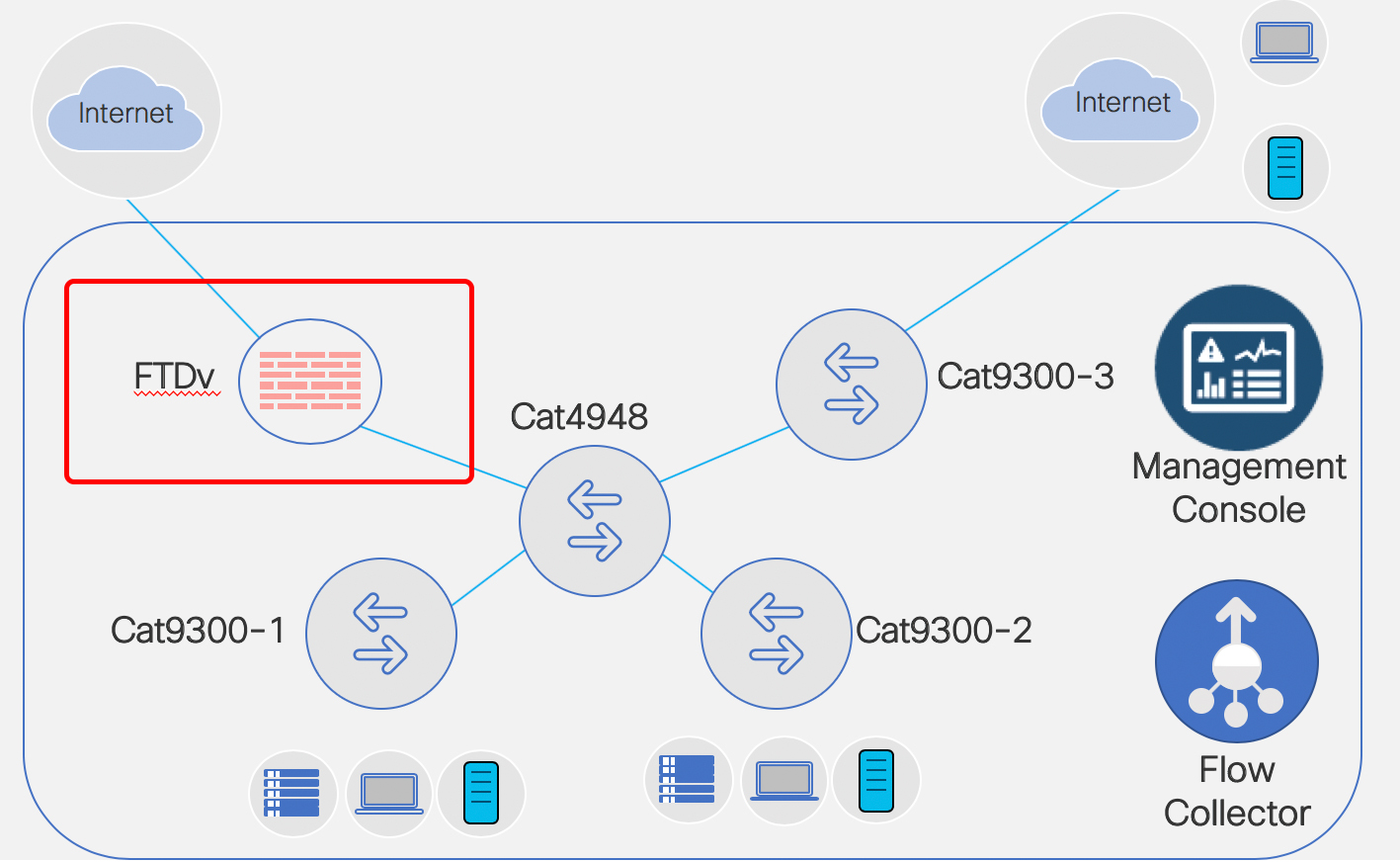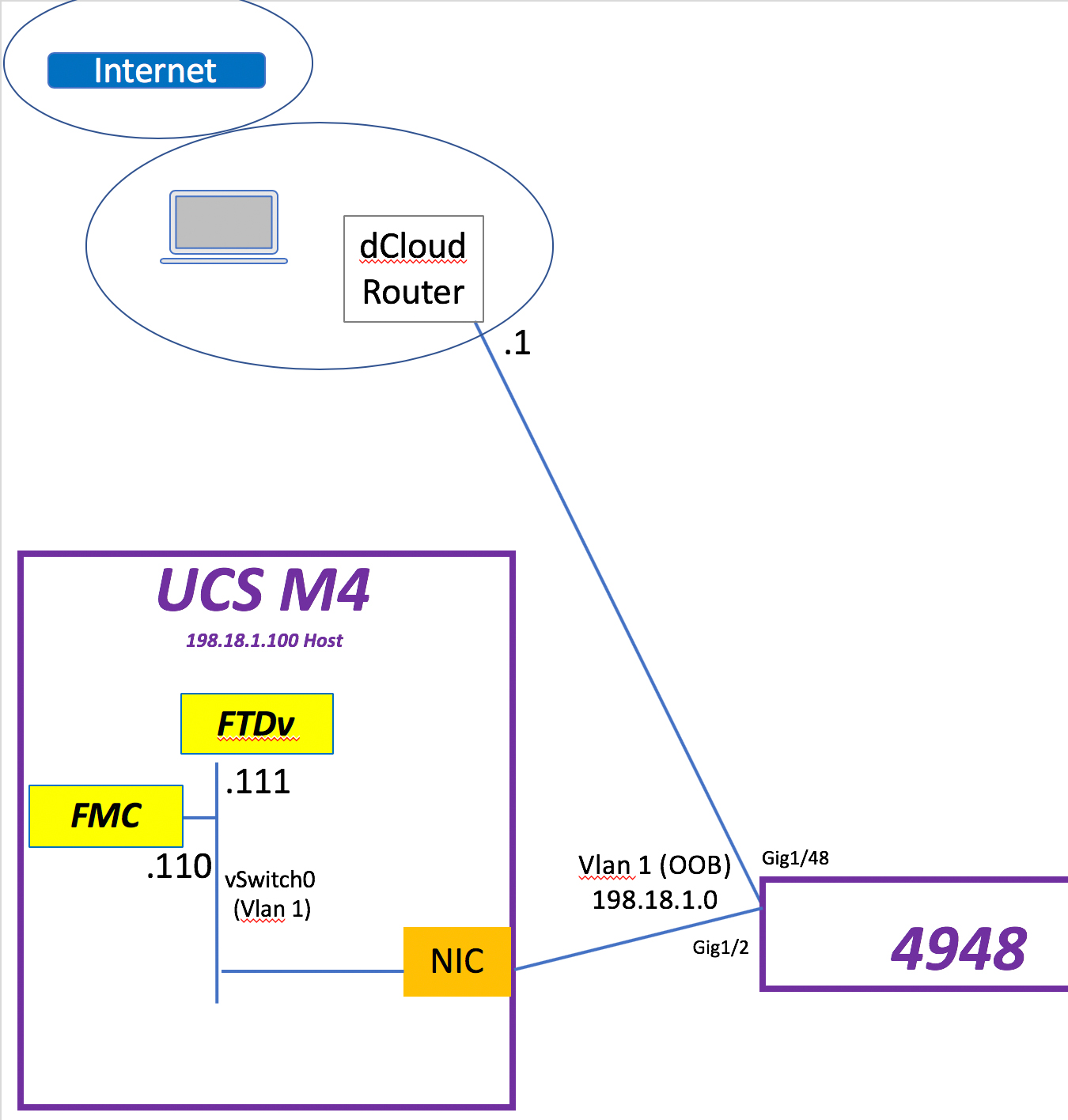STFC Data Centre Tour 2018 – 45PB of Distributed IP Storage, 3 Tier CLOS network at 100G/200G/400G

Video tour of data centre with 45PB of distributed IP storage and its network
The post STFC Data Centre Tour 2018 – 45PB of Distributed IP Storage, 3 Tier CLOS network at 100G/200G/400G appeared first on EtherealMind.
Citrix, Teridion Combine SD-WAN With a Routing Optimization Network
 Teridion says its technology optimizes the middle mile of connectivity between public cloud providers and ISPs, but where enterprises have no control. And Citrix brings SD-WAN to the first and last mile of enterprises.
Teridion says its technology optimizes the middle mile of connectivity between public cloud providers and ISPs, but where enterprises have no control. And Citrix brings SD-WAN to the first and last mile of enterprises.
Research Brief: Evolution of Security in Mobile Networks – Impact of 5G
 This new Research Brief from AvidThink delves into the evolution of the mobile network and explores new threats.
This new Research Brief from AvidThink delves into the evolution of the mobile network and explores new threats.
Related Stories
Headcount: The Latest in Firings, Hirings, and Retirings — November 7, 2018
 CenturyLink adds another Level 3 employee to C-Suite; Intel reorganizes its chip manufacturing business; and Docker expands its leadership team.
CenturyLink adds another Level 3 employee to C-Suite; Intel reorganizes its chip manufacturing business; and Docker expands its leadership team.
Nokia Strikes Infosys Deal That Targets Enterprise Digitization
 The vendor recently announced plans to slash thousands of jobs as part of a major corporate restructuring.
The vendor recently announced plans to slash thousands of jobs as part of a major corporate restructuring.
Cisco Axes Hundreds of Jobs
 This round of layoffs follows several recent departures from Cisco’s senior executive team.
This round of layoffs follows several recent departures from Cisco’s senior executive team.
Packet Pockets Edge Data Center Deal With SBA
 Packet is working with other tower owners besides SBA on similar projects. The company plans to install around 50 new sites.
Packet is working with other tower owners besides SBA on similar projects. The company plans to install around 50 new sites.
History Of Networking – Bob Hinden – IPv6
Outro Music:
Danger Storm Kevin MacLeod (incompetech.com)
Licensed under Creative Commons: By Attribution 3.0 License
http://creativecommons.org/licenses/by/3.0/
The post History Of Networking – Bob Hinden – IPv6 appeared first on Network Collective.
OVH Public Cloud, Built on OpenStack, Arrives in U.S.
 “We are the perfect global partner even if they don’t know the OVH name,” says Russell P. Reeder, CEO of OVH US.
“We are the perfect global partner even if they don’t know the OVH name,” says Russell P. Reeder, CEO of OVH US.
Presenting To The D-Suite
Do you present to an audience? Odds are good that most of us have had to do it more than once in our life or career. Some of us do it rather often. And there’s no shortage of advice out there about how to present to an audience. A lot of it is aimed at people that are trying to speak to a general audience. Still more of it is designed as a primer on how to speak to executives, often from a sales pitch perspective. But, how do you present to the people that get stuff done? Instead of honing your skills for the C-Suite, let’s look at what it takes to present to the D-Suite.
1. No Problemo
If you’ve listened to a presentation aimed at execs any time recently, such as on Shark Tank or Dragon’s Den, you know all about The Problem. It’s a required part of every introduction. You need to present a huge problem that needs to be solved. You need to discuss why this problem is so important. Once you’ve got every head nodding, that’s when you jump in with your solution. You highlight why you are the only person that can do Continue reading
Infrastructure Vendors Making Strides in 2019
IT infrastructure vendors are embracing software and service-based options, and developing a host of innovative technologies. Our list highlights the ones to watch.
Using MPLS+EVPN in Data Center Fabrics
Here’s a question I got from someone attending the Building Next-Generation Data Center online course:
Cisco NCS5000 is positioned as a building block for a data center MPLS fabric – a leaf-and-spine fabric with MPLS and EVPN control plane. This raised a question regarding MPLS vs VXLAN: why would one choose to build an MPLS-based fabric instead of a VXLAN-based one assuming hardware costs are similar?
There’s a fundamental difference between MPLS- and VXLAN-based transport: the amount of coupling between edge and core devices.
Read more ...Fun in the Lab: FTDv & FMC – Install and Deploy
This is my Stealthwatch playground…. errrr… I mean … ahem… “work environment” for a Technical Solution Workshop I am working on for Stealthwatch.
Going to set up FTDv and FMC today. A co-worker and friend, Scott Barasch, helped me get jump started… so figure I’ll pass on what I just learned to you. 
What this blog will cover is
- DEPLOY
- Deploying the OVF for FTDv
- Deploying the OVF for FMC
- VMware settings
- Tweak for FTDv
- Tweak for FMC
- Prepping to Power On
- Snapshot Both Before Power On
- Power Both On
- Setup via Console
- FMC – console in and setup IP address
- FTDv – console in and step thru the prompts
- Test IP Connectivity
- Ping FMC and FTDv from the PC
- Notice Can’t ping FTDv
- Fix
- Ping
- Browse into FMC
- Change password
- Setup DNS
- Setup NTP
- Accept EULA
- Apply
- LICENSING
- License FMC
- FMC/FTDv: Make the Connection
- FTDv – Point FTDv to FMC
- FMC – bring the FTDv into the fold.

So let’s begin. What I have to host my FMC & FTDv VMs is a UCS M4 with a NIC connected to a Cat4948 in vlan 1. That NIC is tied to vSwitch0 in the UCS. Continue reading

